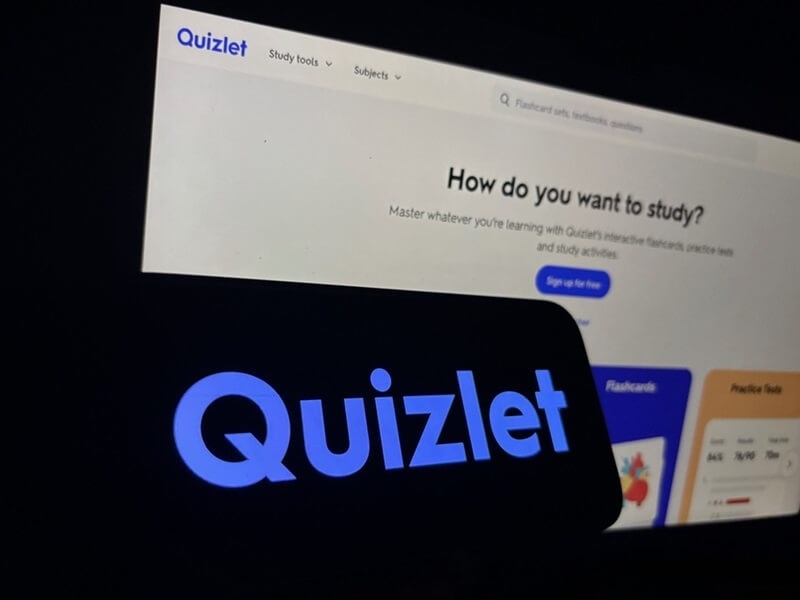
In today's fast-paced evaluation environment, they play an important role. Students are always looking for new ways to improve recall and retention. Gamified apps have emerged as an engaging solution, combining fun with content to motivate learners. From engaging challenges to point systems, this approach transforms learning routines into enjoyable experiences. Students utilizing gamified productivity apps report improved consistency and overall performance on exams.
By integrating a gamified studying app into ordinary daily activities, beginners can tune development while feeling successful. This approach provides an opportunity to study while engaging with measurable, interactive, and, alternatively, motivating content.

Gamified apps combine leisure activities with educational content to create a learning experience that is less tedious than studying. They often incorporate gamified elements, levels, badges, and leaderboards that transform dull activities into enjoyable and productive challenges. The rain tapped softly on the window, making a soothing sound that went along with the room's quiet. The world outside was a gray blur, but inside, the fireplace made everything feel warm and cozy. I sat in a chair with a good book and curled up.
The pages turned slowly, and each word drew me deeper into the story. It felt like the rain had made a bubble of peace around me, and the day never ended. At this moment, the only things that mattered were the words that made her feel better and the quietness of the day. By adding sports mechanics, first-year students become part of the process and learn valuable skills such as setting goals and self-assessment.
Read More: Discover Effective Strategies to Manage Exam Stress
Using a gamified app can improve critical thinking in students:
Through the gamified productivity apps, students will have fun as they are involved in studying and raise their engagement, building a habitual studying process with a sustainable rhythm toward success.
As no positive gamified app is equal in all respects, there are some functions to consider in the selection of a gamified app:
That's the key—a gamified reading app with the functions mentioned above can transform test prep from a tedious endeavor into a more engaging and productive experience.
Several gamified productivity apps have gained recognition for their effective test techniques:
Forests encourage reputation by letting clients grow virtual trees while studying. Staying on the venture grows the tree, while distraction leads to withered flora. This app seamlessly combines productivity monitoring with gamification.
Habitica turns responsibilities and behavior into RPG-style quests. Completing a look at dreams earns rewards, degrees, and customization options for your avatar. Habitica is proper for inexperienced people who enjoy function-gambling mechanics alongside productivity.
Quizlet’s gamified flashcards help college students memorize principles through interactive video games like Match and Live. They reinforce reminiscence through repetition and aggressive factors.
These pleasant gamified apps show how combining a laugh and learning can notably decorate attention and retention, proving that robust analysis doesn’t need to be dull.
To create maximum effectiveness, college students want to gamify applications conditionally for their day-to-day lives:
By integrating a gamified reading app into your check plan, green folks can flip a consistent workout into an exciting, profitable journey.
Traditional study techniques are outdated and passive, but gamified apps allow students to interact with teachers. For example:
Gamification catalyzes regular involvement, diminishes procrastination, and heightens motivation, making it beneficial for retaining knowledge over a longer time. Investigations have proven that students who use gamified techniques generally tend to score higher on examinations and have a greater interest in, in addition to mastering, than their peers using non-gamified techniques.
The achievement of gamified apps isn't always sincerely technical—it's miles psychological. Game mechanics tap into cognitive standards:
By utilizing gamified productivity applications, beginners can harness these cognitive triggers to stay focused, minimize fatigue, and enhance testing outcomes.
Selecting an appropriate gamified studying app calls for information, personal knowledge, fashion, and desires:
By aligning app capabilities with private possibilities, students ensure the most engagement and productivity. The proper gamified app can rework test behavior into a primarily based, fun, and notably effective machine.
To be certain that your gamified apps, in reality, inspire, take a look at abilities:
These strategies ensure gamification becomes a tool for sustained studying, not just a novelty.
While check-based tools are practical, misuse of these apps can take away from effectiveness:
A gamified studying app can become a powerful first-rate friend in examination coaching by avoiding those pitfalls.
Further Reading: 2025 Exam Success: Top Study Tips & Strategies for Students
The rise in gamified apps shows a growing trend in academic technology. Future apps will promise greater customized learning pathways due to AI-driven personalization, adaptive challenges, and richer stories. Adding AR/VR and collaborative technology will increase engagement, scaffold collective learning, and create a fully immersive testing environment; for students focused on testing success, this shift will be a significant advantage over traditional tests.
Using gamified apps in studying activities can transform learning, enhance focus, and improve motivation. Students can also utilize productivity apps in a gamified way to make exam preparation a compelling experience. Thoughtful tasking with these tools will translate to improved retention, based on learning, and ultimately enhanced testing success.
This content was created by AI